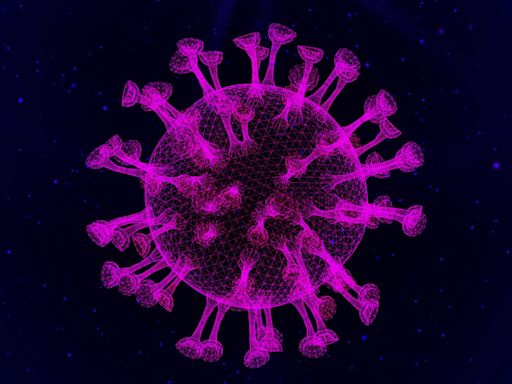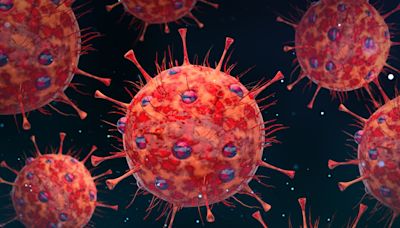Search results
COVID-19 variants: It is usual for viruses to change and evolve as they spread between people over time. When these changes become significantly different to a previously detected virus, these new virus types are known as “variants.”
Sep 1, 2023 · The World Health Organization (WHO) names new coronavirus variants using the letters of the Greek alphabet, starting with the Alpha variant, which emerged in 2020. Below is a list of—and information about—some of the variants that have been top-of-mind.
Variants of severe acute respiratory syndrome coronavirus 2 ( SARS-CoV-2) are viruses that, while similar to the original, have genetic changes that are of enough significance to lead virologists to label them separately. SARS-CoV-2 is the virus that causes coronavirus disease 2019 (COVID-19).
COVID-19 Data Basics. Stay up to date on the most recent and detailed data for hospitalizations, deaths, emergency department visits, and vaccinations. Hospitalizations. Deaths. Emergency Department Visits. Vaccination Distribution & Coverage. Vaccine Effectiveness.
Jun 21, 2024 · Concern over variants, sometimes called strains, of the virus that causes COVID-19 is based on how the virus might change. A virus could get better at infecting people, spread faster or cause people to get sicker.
Jul 1, 2024 · Testing, treatment, and vaccination programs can be improved based on regularly updated surveillance of variants, including updating future vaccines if needed. Detection of new variants supports outbreak preparedness and prevention efforts and strengthens public health response.
May 30, 2024 · A new variant of COVID-19, known as FLiRT, is now the most dominant strain in the U.S. This variant, which evolved from the omicron strain, is characterized by changes in its spike protein — the part of the virus that binds to host cells. Dr.
Mar 27, 2024 · It remains critical that global systems to detect signals of potential variants of interest (VOIs) or variants of concern (VOCs) and rapidly assess the risk posed by SARS-CoV-2 variants to public health are maintained, and data are shared, according to good principles and in a timely fashion.
New variants of SARS-CoV-2, the virus that causes COVID-19, will continue to occur. CDC coordinates collaborative partnerships which continue to fuel the largest viral genomic sequencing effort to date. The Omicron variant, which emerged in November 2021, has many lineages.
Nov 20, 2023 · What are variants of SARS-COV-2, the virus that causes COVID-19? It is usual for viruses to change and evolve as they spread between people over time. When these changes become significantly different to a previously detected virus, these new virus types are known as “variants.”





